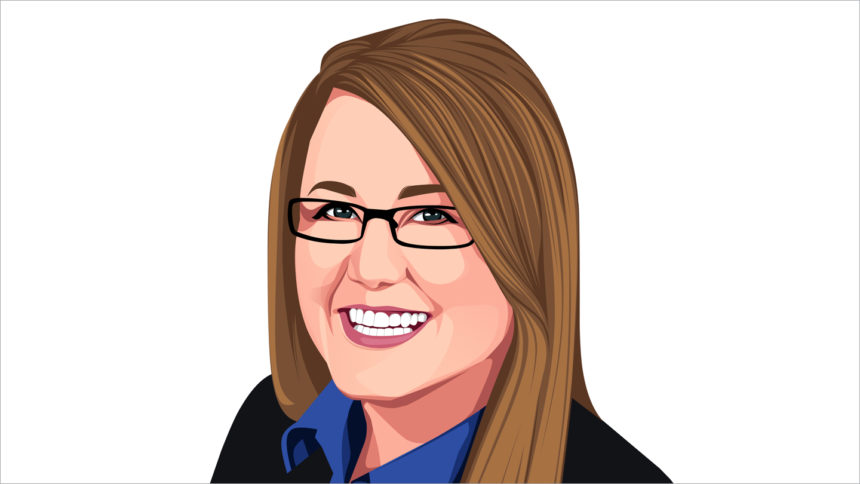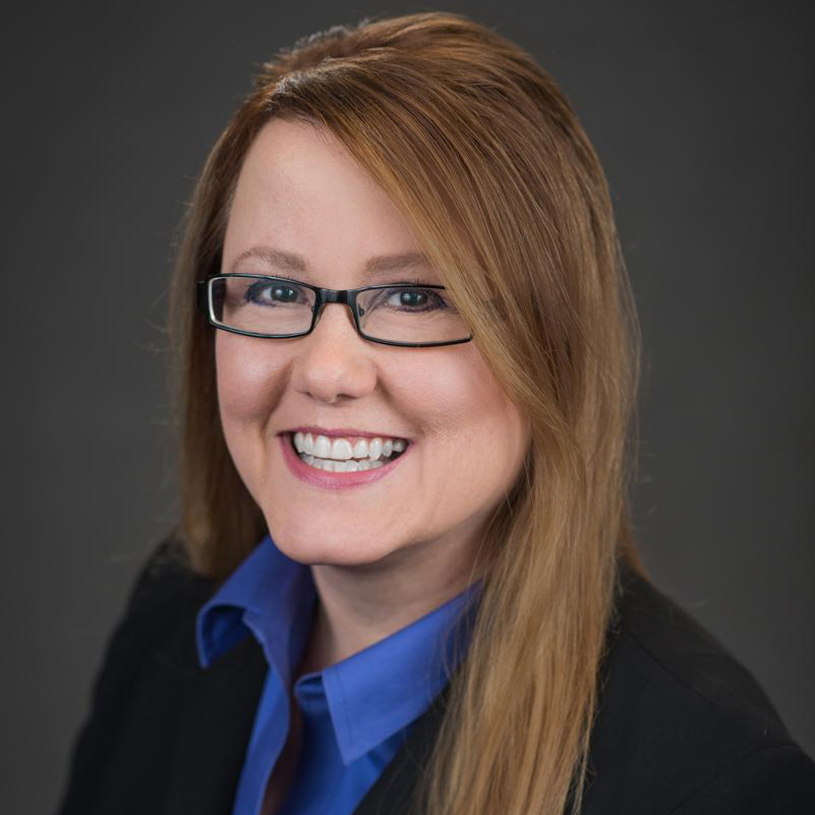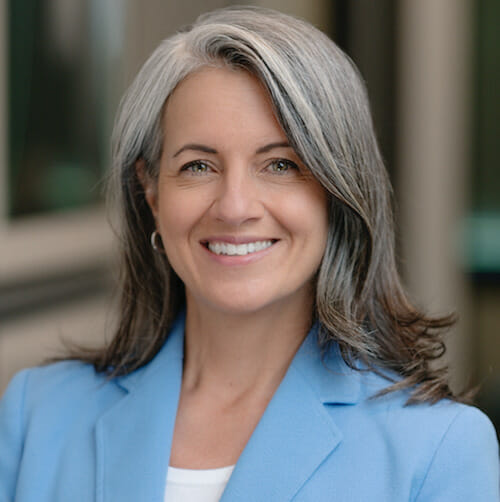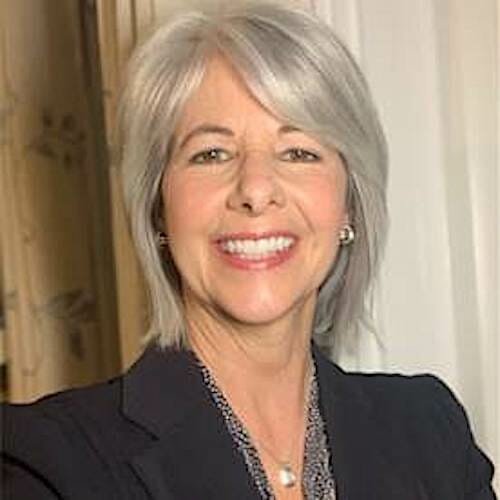

Editor’s note: Following reports of alleged hair-related ageism at a Canadian broadcaster, I asked senior living CEOs Kimberly Lody and Jill Vitale-Aussem, both of whom somewhat recently had decided to stop dyeing their hair, whether they would share with me their experiences of “going gray” in an industry serving older adults and at a time when many senior living companies are trying to work toward more diversity, inclusion and equity in the workplace. Part 1 of the discussion is here. In part 2, they share advice for those pondering a similar move.
“I was struck by the fact that women need support groups to show their age, and how many people posted about friends, family, coworkers commenting that they had ‘let themselves go’ and other really awful comments,” Christian Living Communities President and CEO Jill Vitale-Aussem told me, discussing the journey she took to decide whether to stop dyeing her hair.

That journey included spending time in a couple of Facebook support groups for women in a similar position, where Vitale-Aussem encountered the aforementioned comments.
Based on her experience, she recommends that those considering ditching the dye join “a supportive, pro-aging group of people to cheer you on” and ease the transition, whether that group is in person or online. And she also suggests introspection.
“If someone is considering this, I think it’s important to spend some time thinking about the anxieties they may have about taking that step,” she said. “Some people just love their dyed hair color, and that’s great. But if a woman is questioning going gray because it will make her look ‘old,’ I think that’s the time to dig into her own beliefs about aging and see what that’s all about and what limiting beliefs are floating around in her head.”
The decision ultimately is “about something much bigger than the color of our hair,” Vitale-Aussem said.
“Believing all of the negative stereotypes of aging and having unresolved aging anxiety doesn’t serve us well. It actually does harm,” she said. “All kinds of research shows that holding positive beliefs about aging actually leads to longer and healthier lives.”
Vitale-Aussem ultimately chose to embrace her gray hair “so I could enter my 50s in an age-positive way,” and Kimberly Lody decided to stop coloring her hair in part due to a pandemic-inspired focus on well-being, “meaning eating right, exercising and reducing the chemicals around me.”

Lody, who left her position as president and CEO of Sonida Senior Living on Sept. 2, also recommends that those considering whether to “go gray” join a Facebook group. “A good one is Going Gorgeously Gray,” she said, adding, “These groups provide a lot of good tips and support.”
For those who choose to make the move, a few options await, the leaders said.
“I looked at options: cut my hair to shorten the transition time, have a stylist strip and recolor my hair to avoid the ‘skunk stripe’ or just let it grow out and look awkward,” said Vitale-Aussem, who ultimately chose the third route.
Those who “go cold turkey with dye” might find the process slow and painful at times, she said.
“It took about two years to fully grow out the dye. I actually enjoyed the process, though, because it forced me to think about it,” Vitale-Aussem said. “I really feel like as I was growing out the dye and slowly having it cut off, I was also discarding some of the old negative beliefs I held about my own aging process.”
Lody decided to go for what she called “the big chop” after lightening her hair.
“I did it during COVID, which made it easier since we were all working remotely,” she said. “First, I went platinum blonde, which was a huge shock to everyone. Then I just let it grow a little and went for the ‘big chop!’”
For those who want to head in the same direction, Lody advised, “take your hair to the lightest color you can live with.” Highlights, she added, are “a good middle-of-the road option.”
“Then stop the color and let the gray grow in” and “as soon as you can tolerate it, cut your hair as short as possible in a very stylish cut” and grow it out from there, she said.
“Maintain regular salon appointments for cut and style,” Lody said. “It will help your confidence, and you will be surprised at how many compliments you receive.”
Of course, for some, there’s also the option of not dyeing their hair in the first place.
“If you’re younger and haven’t started dyeing your hair, consider just not doing it,” Vitale-Aussem advised. “I wish I had never started coloring my hair, but for some reason, it is just assumed that when the silvers show up, we start coloring them.”
As more women like Lody and Vitale-Aussem choose to uncover their real hair color, they will help strip away the fears of ageism at the root of many hair-dyeing decisions.
In the meantime, for those who want to “dig into ageism more,” Vitale-Aussem recommends two books: “Ageism Unmasked: Exploring Age Bias and How to End It” by Tracey Gendron, and “This Chair Rocks: A Manifesto Against Ageism” by Ashton Applewhite.
Lois A. Bowers is the editor of McKnight’s Senior Living. Read her other columns here.

